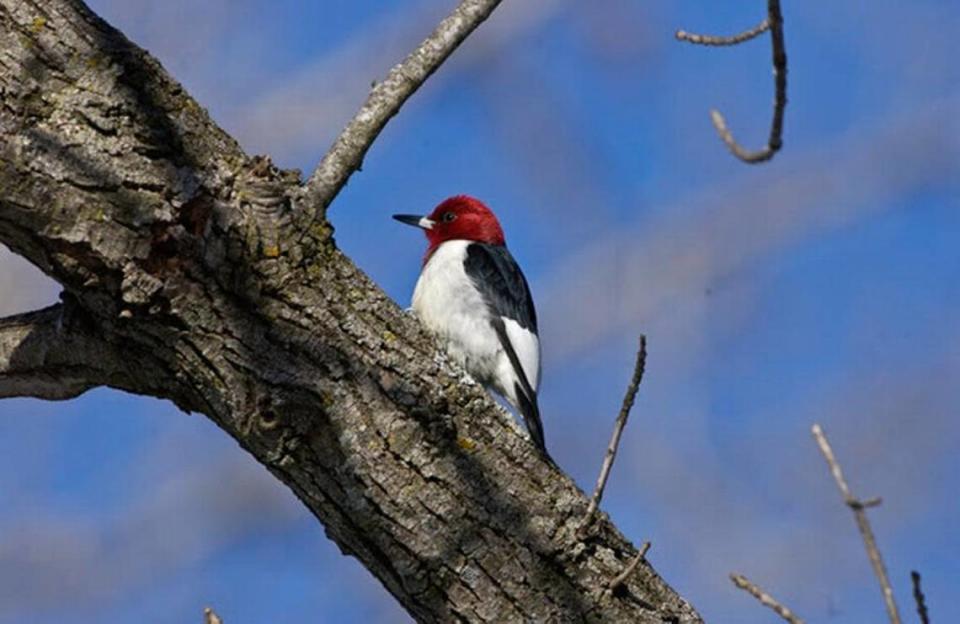5 of the most colorful birds to see in SC this winter and how to attract them to your yard
Have you recently developed an interest in birdwatching?
Or maybe you just like having many kinds of beautiful birds visit your back yard?
South Carolina is home to a wealth of interesting wildlife, including birds of all kinds. However, with summer long gone and the winter months fast approaching, many might assume that their chances of seeing a variety of gorgeous birds in South Carolina were small until spring.
But fear not, for that isn’t the case in the Palmetto State. Plenty of birds prefer to stick around all winter.
Here are five of the most colorful birds you are likely to see in South Carolina this winter and how to attract them to your home, according to AllAboutBirds.org and the South Carolina Wildlife Federation.
Blue Jay
The Blue Jay is a large songbird that has a perky crest and blue, white and black plumage. They are known for their intelligence and complex social systems, as well as their fondness for acorns, helping spread the growth of oak trees.
To best attract Blue Jays to your home, use a tray feeder or hopper feeder on a post instead of a hanging feeder, since they prefer peanuts and sunflower seeds. Planting oak trees to produce acorns is a plus. Also, they like taking drinks from birdbaths.
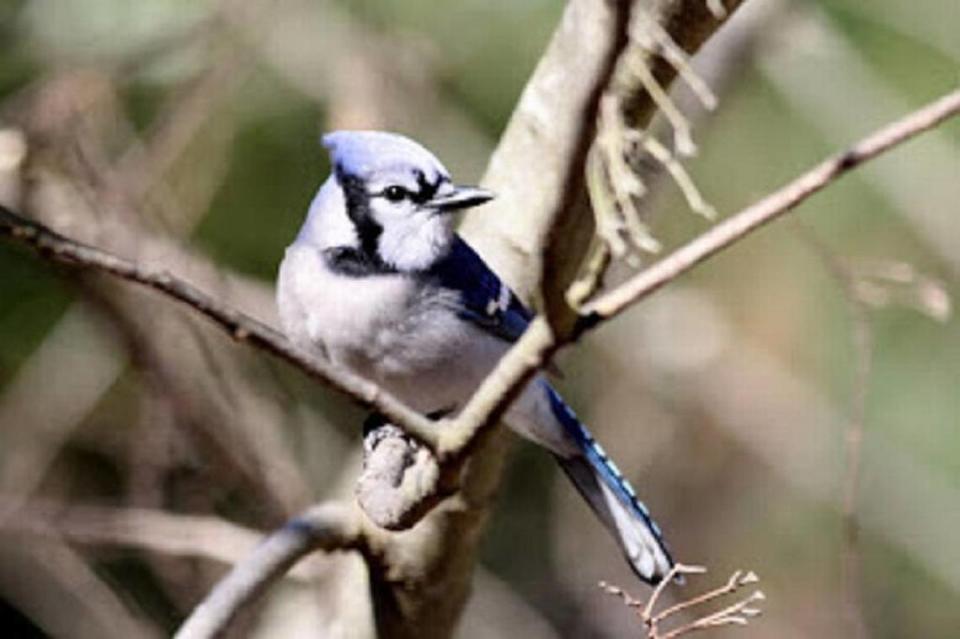
Eastern Bluebird
The male Eastern Bluebird is what you’d hope to attract to see a splash of vibrant color. The males have a brilliant royal blue on the back of their heads and have red-brown on their breasts. The females are a bit more muted, but do have blue tinges in their wings and tails.
These birds can be attracted by food in your back yard, but they usually don’t use feeders unless there are mealworms in them. Another good way to attract these birds is with nest boxes, as long as your yard isn’t too hemmed in by trees and houses. Just be sure to attach a guard to keep predators from raiding their eggs.
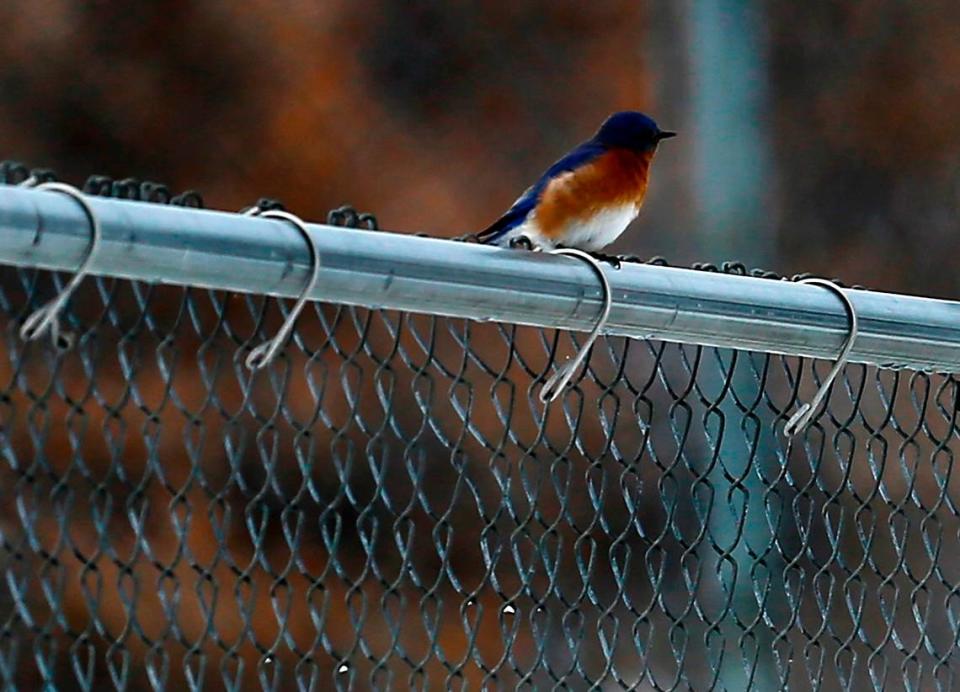
Northern Cardinal
Like the Eastern Bluebird, it’s the male Northern Cardinals that you want to attract to brighten up your yard with color. The males are covered in bright red feathers, giving them an unmistakable look.
Any type of bird feeder should do to attract these birds. They’re quite partial to sunflower seeds. Also, if you leave undergrowth in your back yard or around the edges, you might get cardinals to nest on your property.
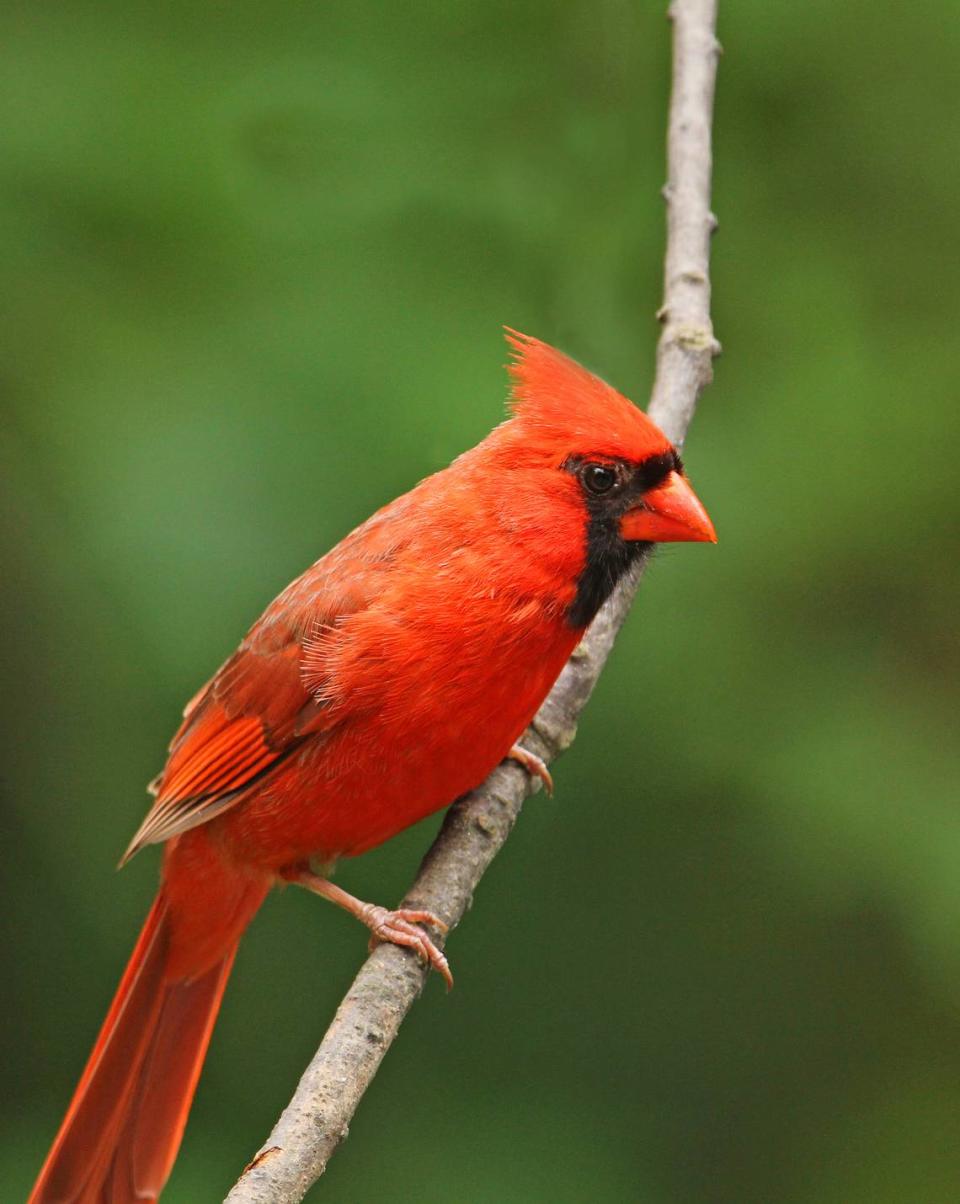
Pine Warbler
The Pine Warbler is common in many pine forests along the eastern parts of the U.S. Both males and females have heads covered in bright yellow feathers.
These warblers are the only ones that will regularly eat seeds, so to attract them, offer them millet, cracked corn, sunflower seed and peanuts from elevated feeders. They’ll also sometimes eat fruits from bushes and vines, like flowering dogwood, grape, sumac, bayberry, persimmon and Virginia creeper.
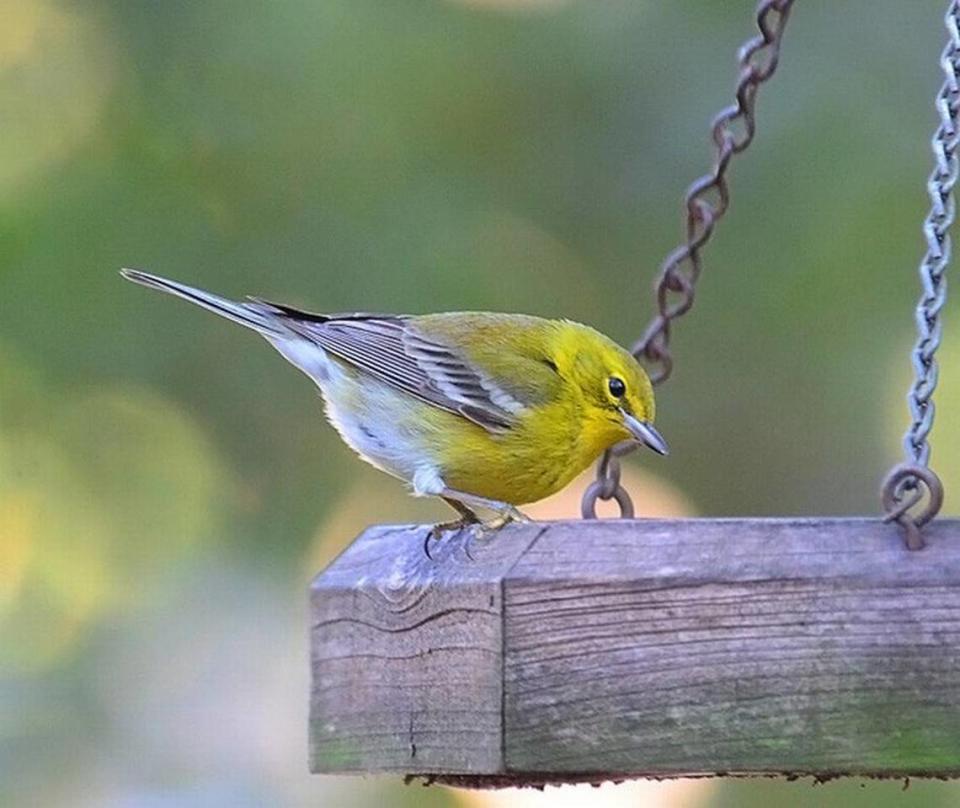
Red-headed woodpecker
The Red-headed woodpecker has an unmistakable look that includes a bright crimson head, a snow-white body and half white, half black wings. Unlike other woodpeckers, they’re adept at catching insects in the air and they enjoy eating acorns and beech nuts.
This species has declined over the last few decades due to habitat loss and changes to food supply. However, there is a chance you could attract one with a feeder this winter full of seeds, corn, acorns, beechnuts, pecans and various fruits like apples, pears, cherries, blackberries, grapes and strawberries.
